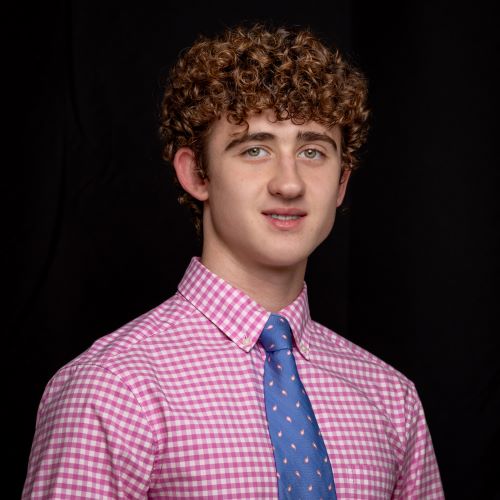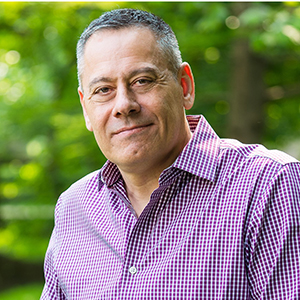In recent years, water safety has become synonymous with Bill Ramos, Ph.D., associate professor in the Department of Health & Wellness Design. A member of the American Red Cross Scientific Advisory Council and native Hoosier, Dr. Ramos has made significant inroads putting water safety in the national spotlight, even aiding in the rollout of the first-ever U.S. National Water Safety Action Plan last year.
With nationwide drownings on the rise, it is no surprise that high school student Ashton Christo from Gilman School in Baltimore, MD reached out to Dr. Ramos for advice and support on creating his own swim program for children in his community.
Under the mentorship of Dr. Ramos, Christo launched “Splash Ahead: Teaching Skills, Saving Lives,” a five-week water safety program, in direct partnership with community summer program Bridges, offered annually at the school.
“Usually, I get contacted by a media group or kind of established nonprofit working in the field of water safety, so I thought it was great to get an email from a young person in high school wanting to make a difference,” says Dr. Ramos. “I spent 15 years in the K-12 system, and I have a passion for anything young people want to get started and be involved in. To know Ashton had already chosen water safety as a focus was very cool.”
Dr. Ramos says the early discussions with Christo largely centered on encouragement and support for best practices in creating a safe, positive, and fun environment for everyone. Christo collaborated directly with his faculty advisor Jenny Thackston and Bridges Site Director Ghani Raines to secure the use of his school’s indoor pool and recruit swim instructors/lifeguards. Thanks to Christo’s efforts, Splash Ahead was integrated twice a week for an hour into the summer program schedule for students aged 10–14—free of charge.

“Having been a competitive swimmer for seven years and a lifeguard for two years, I became aware of the startling number of deaths from drowning in our country,” shares Christo. “Bridges hadn’t provided a structured swim safety program for some of the more vulnerable groups of children in my community, and I was determined to do so.”
Christo worked with Dr. Ramos to create a pre-program survey for the family members/caregivers of the 120 students participating in the program to get a sense of their child’s comfort level with the water. He was surprised to find most of the kids had little to no experience with water safety, and approximately 52% of caregivers reported that they could not swim independently or had ever taken swimming lessons. With the help of 10 volunteer swim instructors, initial skills tests were run during the program to see how many students could float on their backs, take any strokes, or even get halfway across the pool.
After the five-week program, Christo was gratified to see that post-survey results showed remarkable change—57 percent of students reported a huge improvement in their swimming skills and an additional 25 percent felt extremely comfortable in the water. More than half also mentioned feeling comfortable with their face in the water. Not bad for a mere two hours per week.
“It was an amazing experience to help a group of kids feel comfortable in the water, and see them improve every day,” says Christo. “I loved being a part of that.”
Short programs like Splash Ahead can inspire families to think more about water safety, and Dr. Ramos applauds Christo’s tenacity in kicking off this initiative.
“We know a lot of marginalized communities don’t have access to programs like this, and it is not even in their skill set to think about the water in terms of life affordances,” says Dr. Ramos. “Programs like Ashton’s light a spark—get them in, get them thinking about it—and even that short exposure can make a big difference and save lives.”
Christo adds that the experience coordinating, promoting, and conducting Splash Ahead taught him valuable leadership skills. Christo and Dr. Ramos are working together to bring the program back for summer of 2025 at Gilman, as well as possible expansion to other schools in the Baltimore area.
“We are so focused on the younger groups aged 1 to 4 because we know this is the group with the highest level of drowning, but heading into the later years and early teens, if they haven’t engaged in swimming yet, we tend to let them go,” says Dr. Ramos. “In fact, [kids aged 5–14 years] can often be neglected despite that fact that only motor vehicle accidents surpass drowning as a cause of death due to injury. Ashton’s impactful program shows these families and kids that it is not too late to learn to swim and aligns with the current goals of the American Red Cross to re-engage with this age group.”
Learn more about our SPH-B faculty and students and their local and global impact here.


